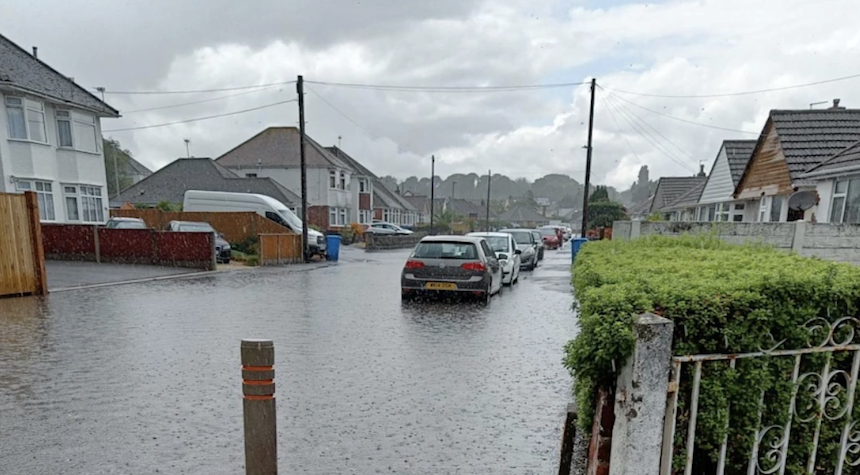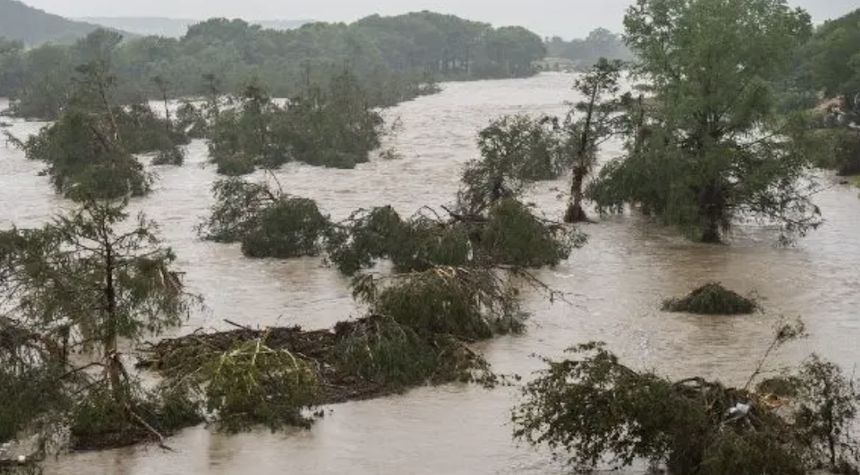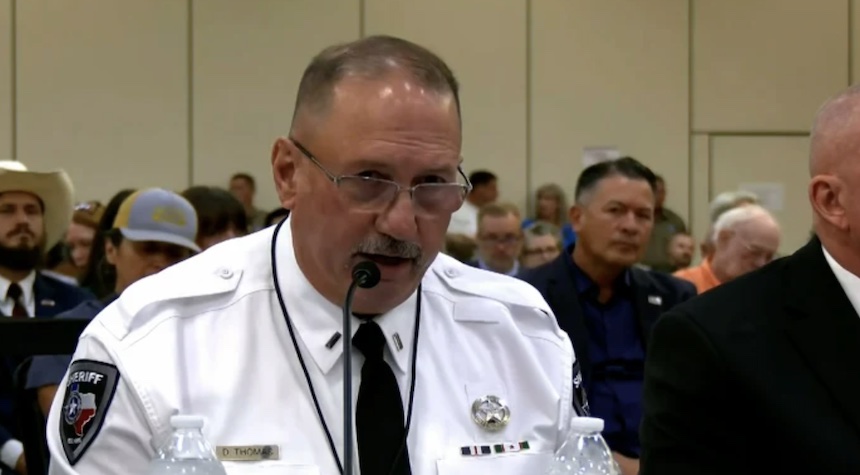More than 100 people, including 37 children, lost their lives in catastrophic flooding along the Guadalupe River in Kerr County, Texas. The disaster, which occurred on July 4th, has raised serious questions about emergency preparedness and response in the region.
According to testimony given to the Texas House and Senate Select Committees, William “Dub” Thomas, the Kerr County emergency management director, was at home sick and asleep as the waters rose to historic levels. Thomas stated that he was first alerted to the emergency at 5:30 a.m. on July 4th, by which time several summer camps along the river were already underwater.
Kerr County Judge Rob Kelly reported that no alerts suggesting an extreme weather event were received on July 3rd. However, committee members noted that the National Weather Service had issued multiple flood watches and warnings, including a forecast for a level 2 of 4 risk of excessive rainfall.

This raises important questions about communication channels between weather services and local officials, and the protocols in place for disseminating critical information.
Sheriff Leitha described the flood as a “tsunami-like event” with a 30- to 35-foot wall of water descending the Guadalupe River. A hydrology study commissioned by the county characterized this as a 1,000-year flood, with more than 12 inches of rain falling in under 6 hours.
The existing emergency response systems were overwhelmed. Reports indicate that in the first few hours, two dispatchers handled over 650 radio transmissions and more than 100 emergency calls. The county’s Code Red alert system, being opt-in, was not utilized, with Judge Kelly stating, “It was too late.”

While local officials cite the unprecedented nature of the flood and the lack of timely forecasts, lawmakers question why available warnings were not heeded and acted upon.
This development follows earlier reports of similar flooding events across the country, highlighting the growing need for robust emergency management systems in the face of extreme weather patterns.
As we continue to follow this story, it’s clear that the tragedy has left a deep impact on the community. Alicia Baker, who lost her daughter and parents in the flood, provided emotional testimony, stating, “We need to do better for the people in this community, for the people that are suffering.”
Kerr County officials are now recommending improved alert systems, including sirens along the river and better broadband infrastructure in rural areas. Kerrville Mayor Joe Herring Jr. has called for a flood-warning system to be in place by next summer.


